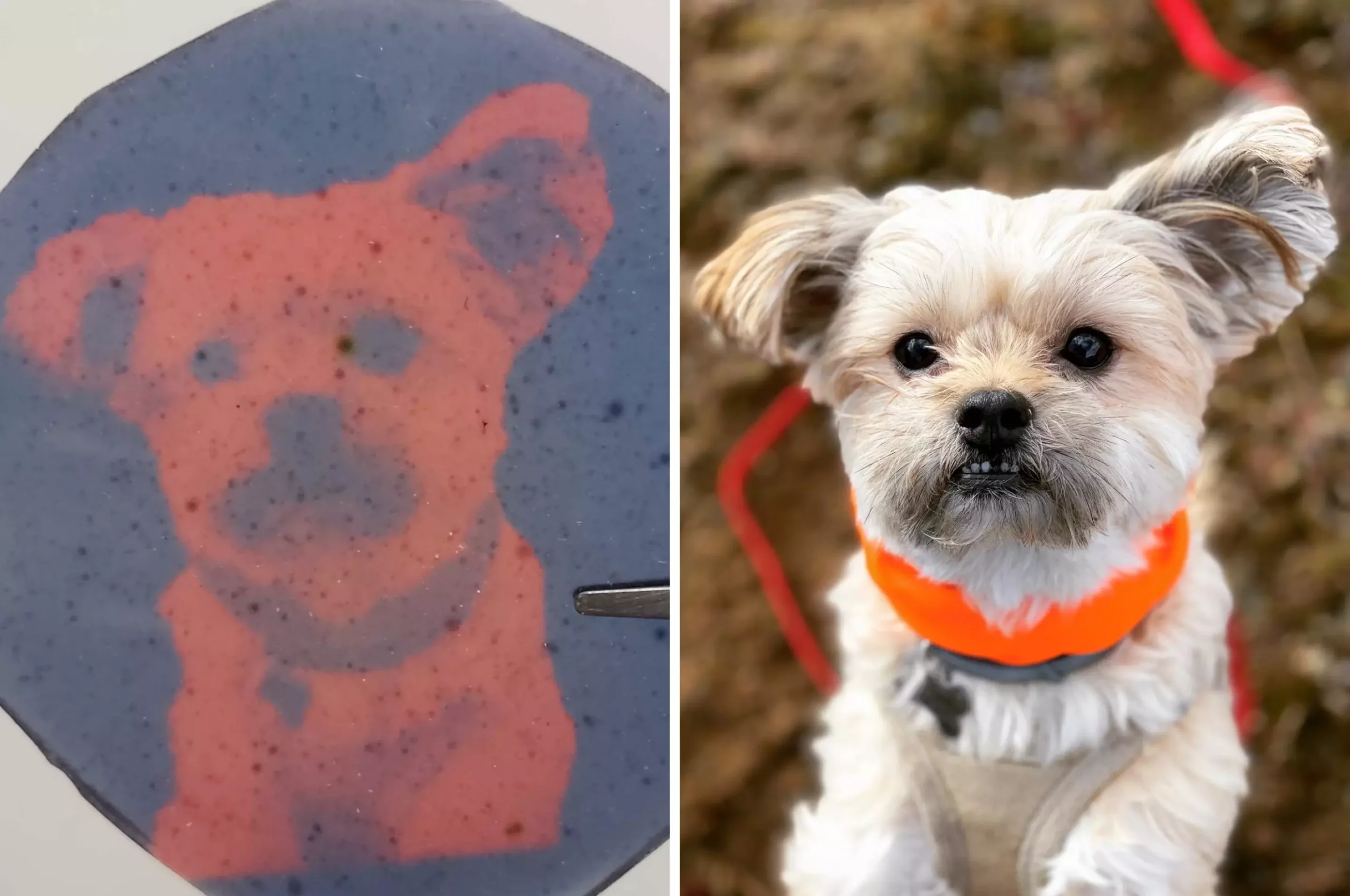Imagine a world where physicians can create three-dimensional projections of medical scans and hold them in their hands inside an acrylic cube. This groundbreaking idea could revolutionize the field of medical imaging, allowing for a more tangible and interactive way to visualize a patient’s anatomy. A recent report in the journal Chem by researchers at Dartmouth and Southern Methodist University (SMU) introduces a technique that utilizes light projection to imprint images inside polymer materials containing a photosensitive chemical additive.
The process involves using a specialized light projector to create two-dimensional and 3D images inside a polymer that has been treated with a light-sensitive chemical switch. This switch, developed by Ivan Aprahamian and Qingkai Qi, reacts to specific wavelengths of light, allowing for the creation and erasure of images with ease. By integrating this chemical switch with readily available polymers like acrylic, the researchers have unlocked the potential for creating customizable 3D displays without the need for virtual reality headsets or complex instrumentation.
While the primary focus of this technology is on enhancing medical imaging practices for surgeries and anatomical studies, the potential applications extend far beyond the field of healthcare. This versatile technology could be used in educational settings to create interactive 3D models for teaching purposes. Additionally, the ability to generate high-resolution images in polymers could pave the way for new forms of artistic expression, utilizing light and heat as the primary tools for creating visual masterpieces.
Moving forward, the researchers are focused on refining the process of creating animated images in polymers and improving the overall resolution and contrast of the projections. The scalability of this technology hinges on fine-tuning the chemical properties of the switch to enhance image quality and refresh rate. With further development, this innovative approach to 3D projection technology could find practical applications in various industries, from manufacturing to healthcare.
The potential of utilizing light and heat to create and erase 3D images in polymers represents a significant advancement in the field of medical imaging and beyond. By harnessing the power of light-sensitive chemicals and specialized projectors, researchers have paved the way for a new era of visualization and customization in various fields. The future looks bright for 3D projection technology, with endless possibilities for innovation and creativity on the horizon.


Leave a Reply